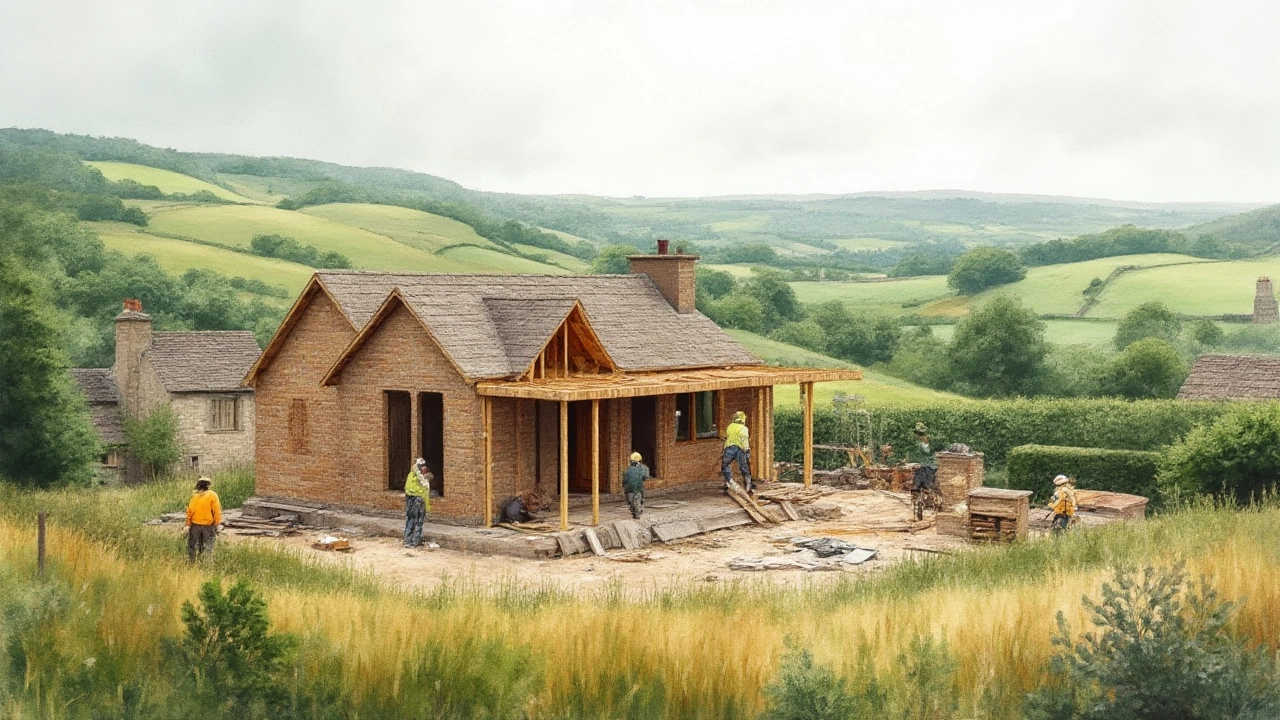Inexpensive Construction: Build Quality on a Tight Budget
Want to put up a new home, extension, or shed without draining your wallet? You don’t have to settle for shoddy work or endless compromises. By planning ahead, picking the right supplies, and keeping an eye on labour costs, you can create solid, attractive structures that stay under budget.
Smart Planning & Budgeting
Start with a clear budget. Write down every expected expense – land, permits, foundations, walls, roof, finishes, and a small buffer for surprises. A realistic budget stops you from chasing cheaper options later that end up costing more.
Break the project into phases. If cash flow is tight, finish the shell first – walls and roof – and add interiors later. This lets you move in sooner and spread out payments.
Get multiple quotes for every major job. Even small differences in pricing add up across a whole build. Ask contractors to explain each line item; you’ll spot hidden fees and can negotiate better rates.
Standardize dimensions wherever possible. Using the same wall lengths, window sizes, and door heights reduces cutting waste and speeds up construction. Less waste equals lower material costs.
Cost‑Effective Materials & Methods
Not all cheap materials are low‑quality. Engineered timber, for example, offers strength at a fraction of solid hardwood prices. It’s perfect for studs, joists, and floorboards.
Consider reclaimed bricks or blocks. They often cost less than new units and add character. Local demolition sites or salvage yards can be gold mines for affordable, sturdy material.
Concrete alternatives like fly‑ash mix or recycled aggregate lower both material and environmental costs. These mixes work well for foundations and slabs when mixed correctly.
For roofing, metal sheets are cheaper over time than traditional tiles. They’re lightweight, easy to install, and require less structural support, saving on framing.
Insulation can be a hidden expense, but using recycled denim or cellulose blown‑in insulation provides good R‑values without breaking the bank. Proper insulation also cuts future energy bills, paying you back.DIY where you can. Tasks like painting, landscaping, or even installing kitchen cabinets take time but save labour fees. Watch tutorial videos, follow safety guidelines, and you’ll see noticeable savings.
Keep the design simple. Complex roof lines, extra corners, and custom shapes increase labour and material waste. A rectangular footprint with a gable roof is not only classic but also the most budget‑friendly shape.
Finally, schedule work for the off‑season. Contractors often lower rates during slower months, and material suppliers may have end‑of‑year stock clearance discounts.
By combining careful budgeting, smart design choices, and affordable yet durable materials, you can achieve an inexpensive construction project that still feels solid and attractive. The key is to stay organized, compare options, and be willing to roll up your sleeves for the small jobs. With these tips, your next build won’t just be cheap – it’ll be smart.
Least Expensive House Styles to Build: Budget-Friendly Home Ideas
Discover the most affordable styles of houses to build, what makes them budget-friendly, and tips to save more during construction. Practical advice and data for cost-conscious builders.
